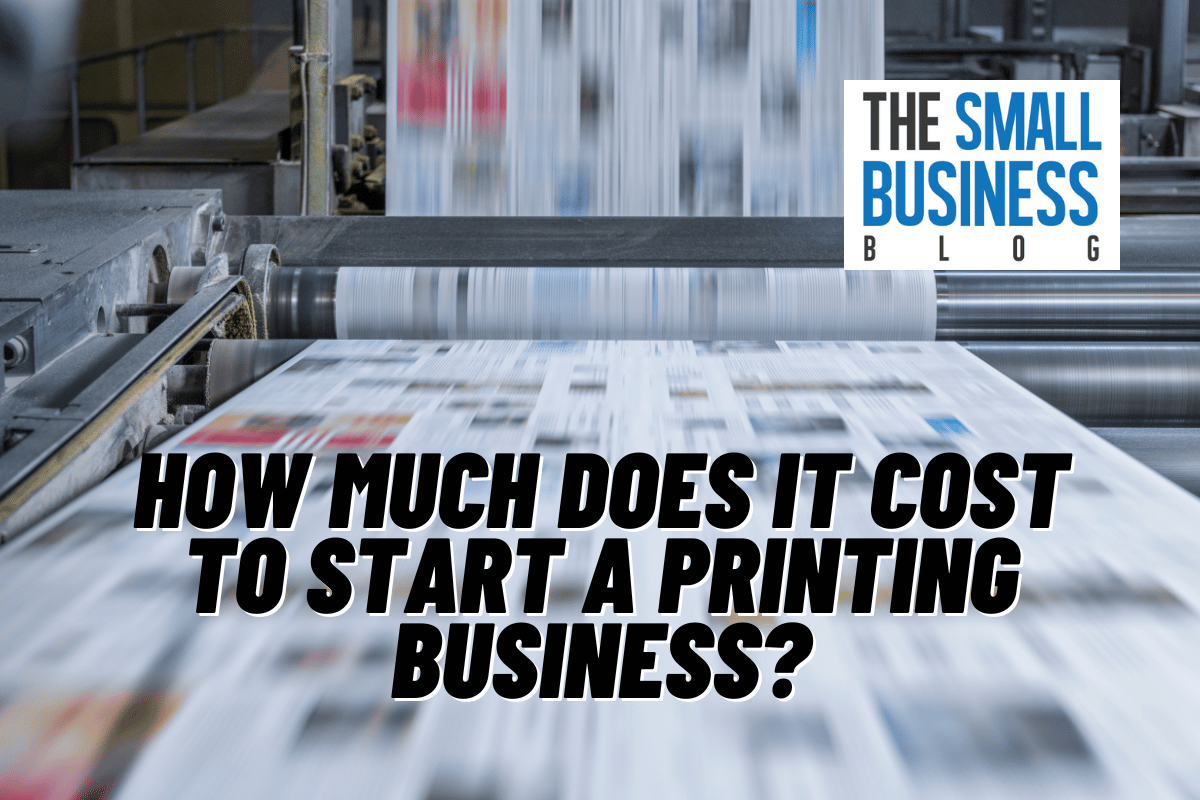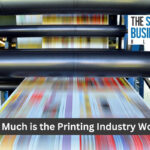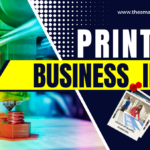The printing industry is worth over $800 billion globally and is constantly evolving with the shift to digital and 3D printing.
Starting a printing business can be a lucrative venture if you have the right equipment, location, and marketing strategy.
However, it’s important to be aware of the costs associated with starting and running a printing business.
From equipment and infrastructure to labor and marketing expenses, the costs can add up quickly.
Post Contents
Key Takeaways
- Starting a printing business requires a significant investment in equipment, infrastructure, and labor costs.
- Equipment costs can range from a few thousand dollars to hundreds of thousands of dollars, depending on the type and quality of equipment you need.
- In addition to equipment costs, you’ll need to consider location and infrastructure costs, labor costs, marketing and promotion expenses, legal and licensing fees, operational costs, and unexpected expenses.
Understanding the Printing Business
Starting a printing business can be a lucrative venture if you have the right skills, equipment, and marketing strategy.
Understanding the printing business is crucial before starting your own printing business.
Here are some key points to keep in mind:
Types of Printing Businesses
There are different types of printing businesses, such as digital printing, offset printing, screen printing, and flexographic printing.
Each type of printing business has its own unique characteristics, advantages, and disadvantages.
It’s essential to choose the type of printing business that aligns with your skills, interests, and budget.
Printing Equipment
Printing equipment is a crucial aspect of any printing business.
The type of equipment you need depends on the type of printing business you want to start.
For example, if you plan to start a digital printing business, you’ll need a digital printer, a computer, and design software.
On the other hand, if you plan to start an offset printing business, you’ll need an offset press, plates, ink, and other supplies.
Target Market
Identifying your target market is essential for the success of your printing business.
Your target market can be individuals, small businesses, or large corporations.
It’s crucial to understand their printing needs, preferences, and budget.
You can offer customized printing services, such as business cards, flyers, brochures, banners, and more.
Marketing Strategy
Marketing your printing business is crucial to attract new customers and retain existing ones.
You can use various marketing strategies, such as social media marketing, email marketing, direct mail marketing, and more.
It’s essential to create a marketing plan that aligns with your target market, budget, and goals.
Costs
Starting a printing business can be expensive, depending on the type of printing business you want to start and the equipment you need.
The startup costs can range from $10,000 to $50,000 or more.
It’s essential to create a detailed business plan that includes all the costs, such as equipment, supplies, rent, utilities, marketing, and more.
Cost of Printing Equipment
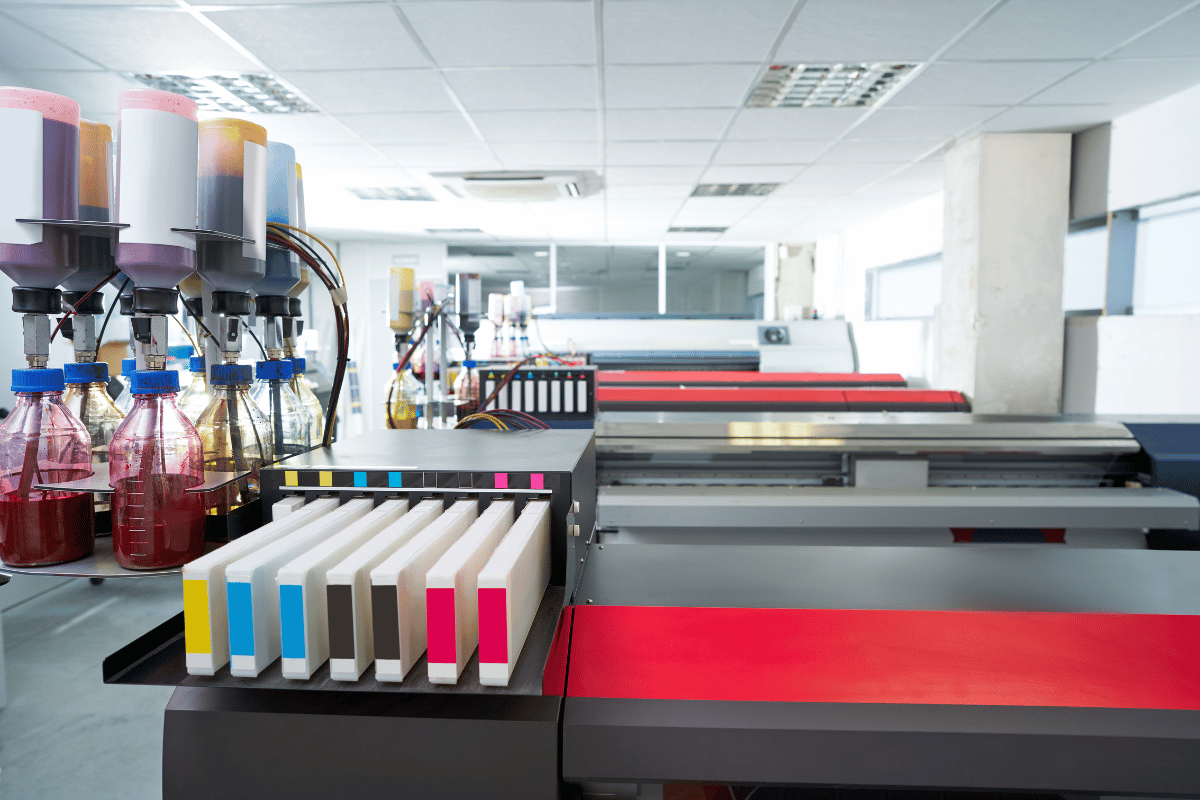
Starting a printing business requires investing in equipment that can handle various printing tasks.
The cost of printing equipment varies depending on the type of printer you choose, the size of your business, and the services you offer.
In this section, we will discuss the cost of different types of printing equipment.
Digital Printers
Digital printers are a popular choice for printing businesses because they are affordable and versatile.
The cost of a digital printer ranges from $2,000 to $50,000.
The price depends on the size and quality of the printer.
Here are some examples of the cost of digital printers:
- Small format printers: $2,000 to $10,000
- Mid-size printers: $10,000 to $30,000
- Large format printers: $30,000 to $50,000
Screen Printers
Screen printing is a popular printing method for t-shirts, banners, and signs.
The cost of a screen printer varies depending on the size and quality of the printer.
Here are some examples of the cost of screen printers:
- Manual screen printers: $500 to $2,000
- Automatic screen printers: $10,000 to $30,000
Offset Printers
Offset printing is a traditional printing method that is used for high-volume printing jobs.
The cost of an offset printer ranges from $50,000 to $500,000.
The price depends on the size and quality of the printer.
Here are some examples of the cost of offset printers:
- Small format offset printers: $50,000 to $100,000
- Mid-size offset printers: $100,000 to $300,000
- Large format offset printers: $300,000 to $500,000
Printing Supplies
In addition to printers, you will need printing supplies such as ink, paper, and other materials.
The cost of printing supplies varies depending on the type and quantity of supplies you need.
Here are some examples of the cost of printing supplies:
- Ink cartridges: $20 to $100 each
- Printing paper: $10 to $50 per ream
- Printing plates: $50 to $100 each
Investing in high-quality equipment and supplies is essential for the success of your printing business.
While the cost of printing equipment may seem high, it is important to remember that it is a long-term investment that can help you generate significant revenue over time.
Location and Infrastructure Costs
When starting a printing business, one of the most important decisions you will make is choosing the right location.
The location of your business will affect the cost of rent or lease, the availability of customers, and the cost of utilities.
Here are some factors to consider when choosing a location:
- Accessibility: Your location should be easily accessible to customers, suppliers, and employees. Consider a location near a major highway or public transportation.
- Rent or Lease: The cost of rent or lease will vary depending on the location and size of the space. You may want to consider a shared workspace or a co-working space to reduce costs.
- Utilities: Your monthly utility bills will depend on the size of your space, the type of equipment you use, and your location. Make sure to research the average utility costs in the area before choosing a location.
Once you have chosen a location, you will need to consider the cost of infrastructure.
This includes equipment, software, and supplies.
Here are some of the costs associated with infrastructure:
- Printing Equipment: The cost of printing equipment can vary greatly depending on the type and size of the equipment. A basic digital printing press can cost between $10,000 and $30,000, while a high-end commercial printer can cost over $100,000.
- Software: You will need software to design and manage your printing projects. This can include graphic design software, project management software, and accounting software. The cost of software can range from a few hundred dollars to several thousand dollars.
- Supplies: You will need to purchase paper, ink, toner, and other supplies on a regular basis. The cost of supplies will depend on the volume of printing you do and the type of projects you work on.
Employee and Labor Costs
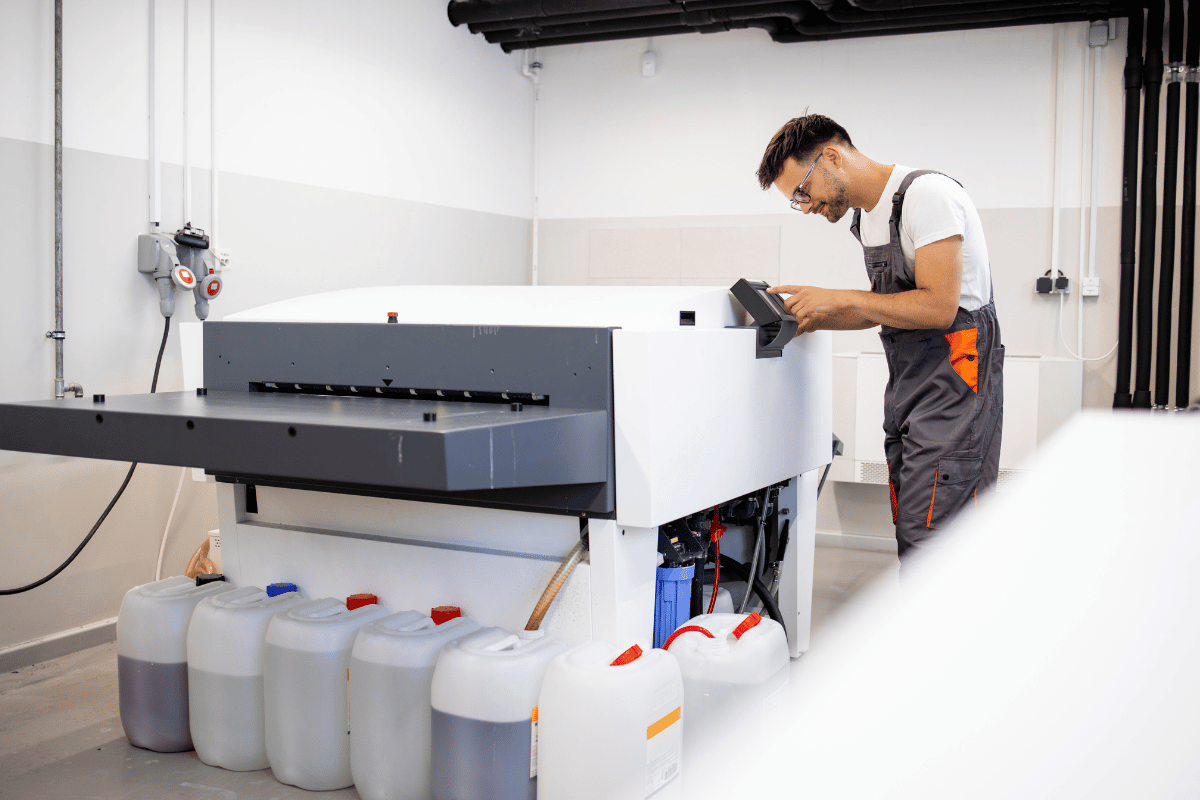
When starting a printing business, you will need to consider the costs associated with hiring and paying employees.
Here are some factors to keep in mind:
Wages and Salaries
Your printing business will need employees to operate the equipment, manage orders, and handle customer service.
You will need to pay your employees a competitive wage or salary, depending on their job duties and experience.
According to the Small Business Administration, the average hourly wage for a printing press operator is $20.70.
Other positions, such as customer service representatives and administrative assistants, may have lower hourly rates.
Be sure to research the going rates for each position in your area to ensure you are offering fair compensation.
Benefits
In addition to wages and salaries, you will also need to consider the cost of providing employee benefits.
These may include health insurance, retirement plans, and paid time off.
Offering benefits can help attract and retain quality employees, but they can also be expensive.
According to the Bureau of Labor Statistics, benefits account for an average of 31.7% of an employee’s total compensation.
This means that if you pay an employee $30,000 per year in wages, you can expect to pay an additional $9,510 in benefits.
Taxes
As an employer, you will also be responsible for paying various taxes on behalf of your employees.
These may include:
- Social Security and Medicare taxes
- Federal and state unemployment taxes
- Workers’ compensation insurance premiums
The exact amount you will owe will depend on your location and the size of your business.
Be sure to consult with a tax professional to ensure you are meeting all of your obligations.
Marketing and Promotion Costs
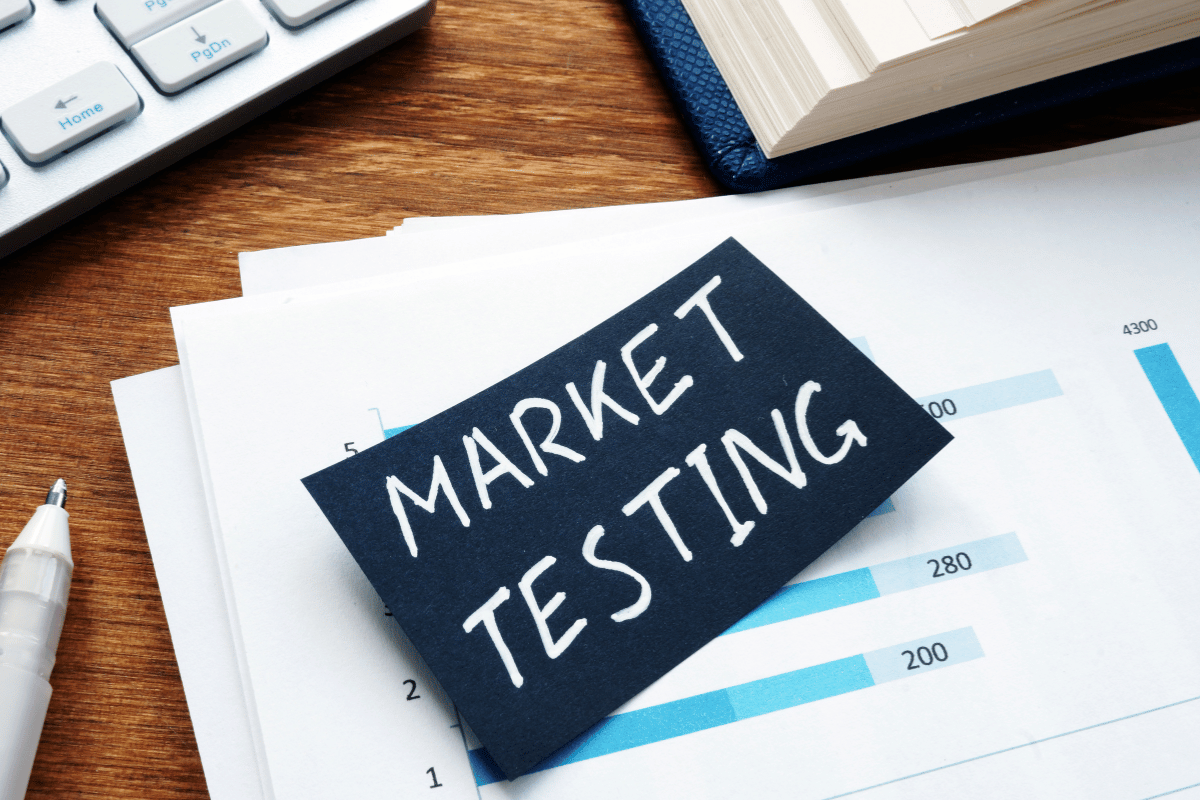
Marketing and promotion are essential to the success of any business, and a printing business is no exception.
You need to let potential customers know about your services and how you can help them.
Here are some costs to consider when it comes to marketing and promotion:
Website and SEO
In today’s digital age, having a website is crucial for any business.
You will need to invest in a website that is both visually appealing and easy to navigate.
You can either hire a professional web designer or use a website builder like Wix or Squarespace.
The cost of a website can range from a few hundred to a few thousand dollars, depending on the complexity of the design.
Once you have a website, you need to optimize it for search engines (SEO) so that potential customers can find you when they search for printing services online.
SEO involves using keywords, meta tags, and other techniques to improve your website’s ranking on search engines like Google.
You can either hire an SEO specialist or learn how to do it yourself.
The cost of SEO services can range from $1,500 to $5,000 per month.
Social Media Advertising
Social media platforms like Facebook, Instagram, and Twitter are great tools for promoting your printing business.
You can create targeted ads that reach your ideal customers based on demographics, interests, and behaviors.
The cost of social media advertising varies depending on the platform and the scope of your campaign.
You can set a daily or weekly budget for your ads and adjust it as needed.
Print Advertising
Despite the rise of digital marketing, print advertising is still a viable option for promoting your printing business.
You can place ads in local newspapers, magazines, or trade publications.
The cost of print advertising varies depending on the size and placement of the ad.
You can also create flyers, brochures, and other print materials to distribute to potential customers.
Networking and Referral Programs
Networking is a great way to build relationships with potential customers and other businesses in your industry.
You can attend trade shows, conferences, and other events to meet people and promote your services.
You can also create a referral program that rewards customers who refer new business to you.
The cost of networking and referral programs is mostly time and effort, but it can pay off in the long run.
Legal and Licensing Costs
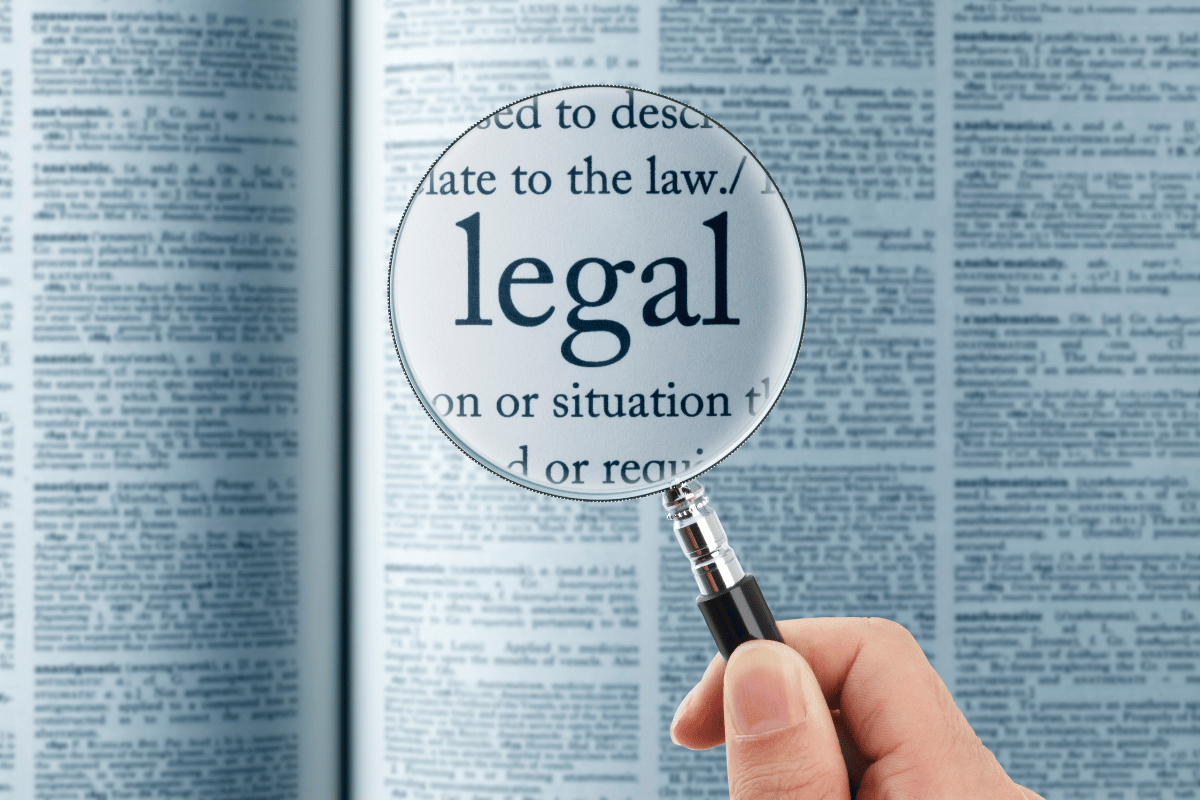
Starting a printing business requires obtaining certain legal and licensing documents to operate legally.
These documents may vary depending on your location and the type of printing business you plan to start.
Here are some of the legal and licensing costs you may need to consider:
Business Registration
You will need to register your business with your state or local government to operate legally.
This process may require filing paperwork and paying a fee.
The cost of business registration can vary depending on your location and the type of business entity you choose to form.
Sales Tax Permit
If you plan to sell your printed products, you will need to obtain a sales tax permit from your state government.
This permit allows you to collect and remit sales tax on your sales.
The cost of a sales tax permit may vary depending on your location.
Employer Identification Number (EIN)
An EIN is a unique nine-digit number assigned by the IRS to identify your business for tax purposes.
You will need an EIN if you plan to hire employees or operate as a corporation or partnership.
Obtaining an EIN is free and can be done online through the IRS website.
Trademark Registration
If you plan to use a unique business name or logo, you may want to consider registering a trademark with the US Patent and Trademark Office.
This can help protect your brand and prevent others from using a similar name or logo.
The cost of trademark registration can vary depending on the type of trademark you are registering.
Insurance
Obtaining insurance for your printing business can help protect you from liability and financial loss.
The cost of insurance can vary depending on the type and amount of coverage you need.
It is important to research and understand the legal and licensing requirements for your printing business before you start.
This can help you avoid costly fines and legal issues down the road.
Operational Costs
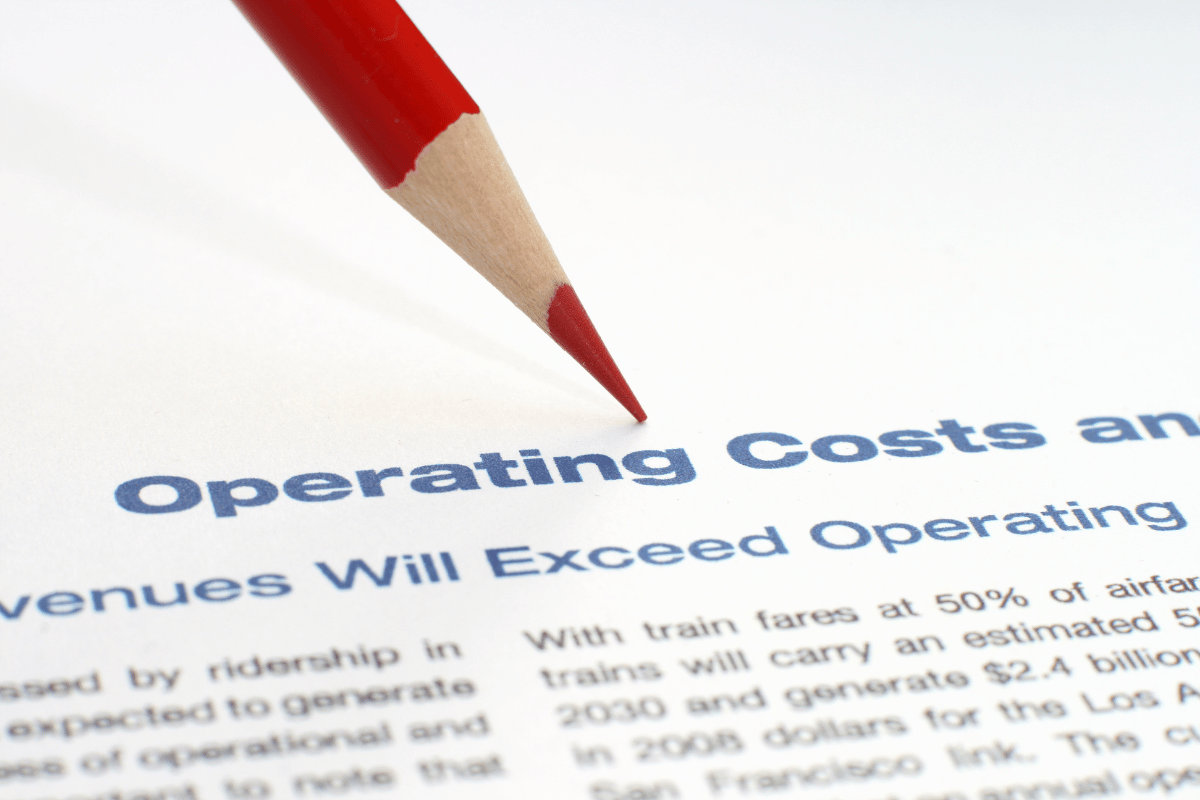
When starting a printing business, it’s important to consider the operational costs that come with running the business.
These costs can include electricity and utilities, maintenance and repairs, and more.
Here are some things to keep in mind when budgeting for these expenses.
Electricity and Utilities
Printing businesses require a significant amount of electricity to power their equipment.
Depending on the size of your business and the amount of printing you do, your electricity bill can range from a few hundred to several thousand dollars per month.
It’s important to factor this cost into your budget and look for ways to reduce your energy usage to keep costs down.
In addition to electricity, you’ll also need to consider other utilities such as water, gas, and internet.
These costs will vary depending on your location and the size of your business, but it’s important to budget for them to ensure you can cover all of your expenses.
Maintenance and Repairs
Printing equipment is expensive and requires regular maintenance to keep it running smoothly.
This can include things like replacing ink cartridges, cleaning the equipment, and repairing any damage that occurs.
It’s important to budget for these expenses to ensure your equipment stays in good condition and doesn’t break down unexpectedly.
In addition to regular maintenance, you may also need to budget for unexpected repairs.
Printing equipment can be delicate and prone to breaking down, so it’s important to have a contingency plan in case something goes wrong.
This can include having a repair technician on call or setting aside funds to cover any unexpected repair costs.
Unexpected Costs
Starting a printing business requires more than just the initial investment in equipment and supplies.
There are several unexpected costs that you should be aware of before launching your business.
Here are some of the most common ones:
Legal and Accounting Fees
You may need to hire a lawyer or accountant to help you with legal and financial matters.
This can include registering your business, obtaining licenses and permits, and filing taxes.
These services can be expensive, so be sure to budget for them accordingly.
Marketing and Advertising
Getting the word out about your printing business can be costly.
You may need to invest in marketing and advertising to attract customers.
This can include creating a website, printing brochures and flyers, and running social media ads.
Be sure to research your options and budget for these expenses.
Unexpected Equipment Repairs
Even if you invest in high-quality equipment, unexpected repairs can still occur.
This can be especially costly if you need to replace a major piece of equipment.
Be sure to have a contingency plan in place for unexpected repairs and replacements.
Employee Costs
If you plan on hiring employees, be sure to budget for their salaries and benefits.
This can include health insurance, paid time off, and retirement benefits.
You may also need to invest in training and development programs to ensure your employees have the skills they need to succeed.
Rent and Utilities
If you plan on renting a space for your printing business, be sure to budget for rent and utilities.
This can include electricity, water, and internet services.
Be sure to research the average costs in your area and budget accordingly.
Starting a printing business can be a rewarding venture, but it’s important to be aware of the unexpected costs that can arise.
By budgeting for these expenses, you can help ensure the success of your business in the long run.
Conclusion
Starting a printing business can be a lucrative venture if you do it right.
However, it requires a significant investment of time, money, and effort.
In this article, we have explored the various costs involved in starting a printing business.
To summarize, the initial investment required to start a printing business can range from $8,100 to $20,000, depending on the scale of the business.
This includes the cost of equipment, incorporation fees, insurance, taxes, and payroll.
Additionally, you will need to consider ongoing expenses such as rent, utilities, raw materials, and marketing.
These costs can add up quickly, so it is essential to create a detailed business plan and budget before launching your business.
It is also important to note that the printing industry is highly competitive, and you will need to differentiate yourself from the competition to succeed.
This can be achieved by offering high-quality products, exceptional customer service, and innovative marketing strategies.







